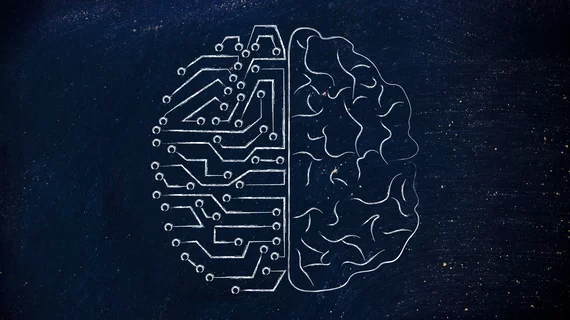Deep learning system accurately assesses liver fibrosis using CT images
A deep learning system (DLS) designed to assess liver fibrosis using CT images was found to be highly accurate, according to a new study published in Radiology.
“We hypothesized that it would be possible to develop a DLS for automated staging of liver fibrosis,” wrote author Kyu Jin Choi of Hanyang University in Seoul, South Korea, and colleagues. “Because of the wide availability of CT and its frequent use in evaluation of patients with various types of chronic liver disease, automated staging of liver fibrosis based on CT images would have wide applicability. Furthermore, a DLS on the basis of automated liver segmentation might avoid interreader variability in assessment of liver fibrosis compared with other quantitative methods that involve selection of regions of interest by radiologists.”
The authors used data from more than 7,400 patients with confirmed liver fibrosis to build develop their DLS. Its performance was then compared with that of four different radiologists.
Overall, the DLS had a staging accuracy of 79.4 percent and an area under the receiver operating characteristic curve (AUROC) of 0.96 for diagnosing significant fibrosis, 0.97 for diagnosing advanced fibrosis and 0.95 for diagnosing cirrhosis.
Each of the four radiologists studied by the authors had an AUROC between 0.75 and 0.83 for diagnosing significant fibrosis, an AUROC between 0.80 and 0.87 for diagnosing advanced fibrosis and an AUROC between 0.81 and 0.88 for diagnosing cirrhosis. The DLS also performed better than serum fibrosis tests.
“The decision-making process used by a DLS is not traceable, so it is not clearly understood how the DLS could assess liver fibrosis by using CT images better than visual image analyses performed by radiologists,” the authors wrote. “However, we assume that the ability of the DLS to extract and comprehensively analyze numerous features from images may have led to its high accuracy in staging liver fibrosis.”
The authors also noted that CT technique and patient demographics did not significantly affect the system’s accuracy.

